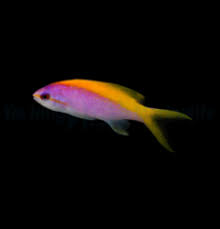
Dragons in Chinese Warfare: A Symbol of Military Strength
The dragon, a revered and powerful symbol in Chinese culture, has long been associated with imperial power, strength, and divine protection. In Chinese mythology and folklore, the dragon is often depicted as a mighty and protective creature, embodying forces of nature and cosmic order. Over the centuries, this mythical beast has also been integrated into…













